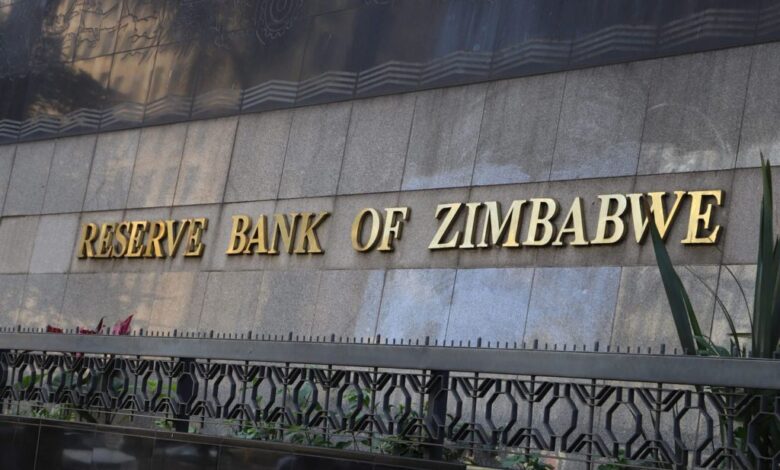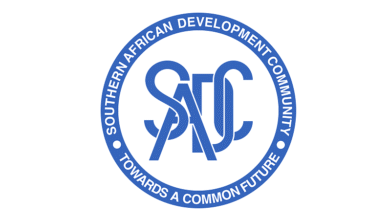
The Reserve Bank of Zimbabwe (RBZ) has announced intentions to ramp up financing options for the industrial sector, leveraging the country’s newfound economic stability as a springboard for long-term growth.
Buoyed by a projected 6% economic growth rate for 2025, the central bank says the relative stability in the exchange rate since the start of the year has created an environment ripe for industrial expansion. However, this stability has not come without cost.
In its efforts to anchor the currency and contain inflation, the RBZ aggressively restricted money supply, pushing liquidity levels below normal market requirements. This triggered deflation and left local firms grappling with a severe cash squeeze, limiting their access to capital for strategic investments.
“The economy has stabilised, and we think we can take advantage of this stability. We’ve had issues in the past, but the current stability is remarkable, and we believe it’s an opportune time to drive growth,” said RBZ Economic Research Division deputy director William Kavila during a panel discussion at the International Business Conference (IBC) at the Zimbabwe International Trade Fair in Bulawayo.
Kavila acknowledged the ongoing struggles in the financial services sector, which he said remains too constrained to adequately fund industrial projects. However, he emphasised that the central bank is working on various measures to correct this.
“The financial services system is constrained and unable to provide the much-needed finance. We’re working to address this and provide financing that can support industrialisation,” he said.
Despite the availability of financial facilities provided by the RBZ, industry uptake has been sluggish. Kavila noted that while businesses have offered explanations, the central bank remains puzzled by the low levels of participation.
“Now, we have the minister introducing another facility that will complement ours, and we’re urging industry to make use of these facilities,” he added.
One ongoing initiative is the strengthening of the recently introduced ZiG currency, which the RBZ says is being backed by a growing pool of foreign reserves. According to its latest market report, forex reserves stood at US$629 million in March—more than double the US$276 million recorded at the end of April 2024.
RBZ Governor John Mushayavanhu reaffirmed the bank’s commitment to sound monetary policy. “The Reserve Bank will remain vigilant to any emerging domestic and external risks to inflation, while simultaneously putting in place appropriate measures to strike the delicate balance between stability and economic growth,” he said.
Industry players, however, continue to raise concerns over the high bank policy rate, currently set at 35%, with many calling for a single-digit interest regime to allow for easier access to capital.
As Zimbabwe’s economic recovery takes shape, the ability of the RBZ to mobilise and channel capital into productive sectors may determine how well the country transitions from stability to sustainable industrial growth.




